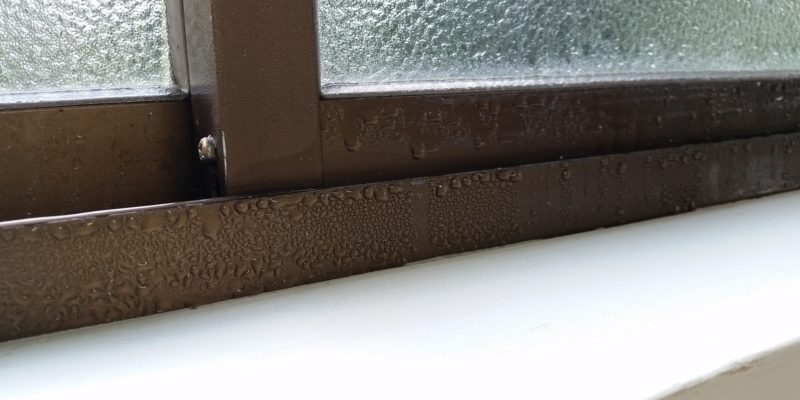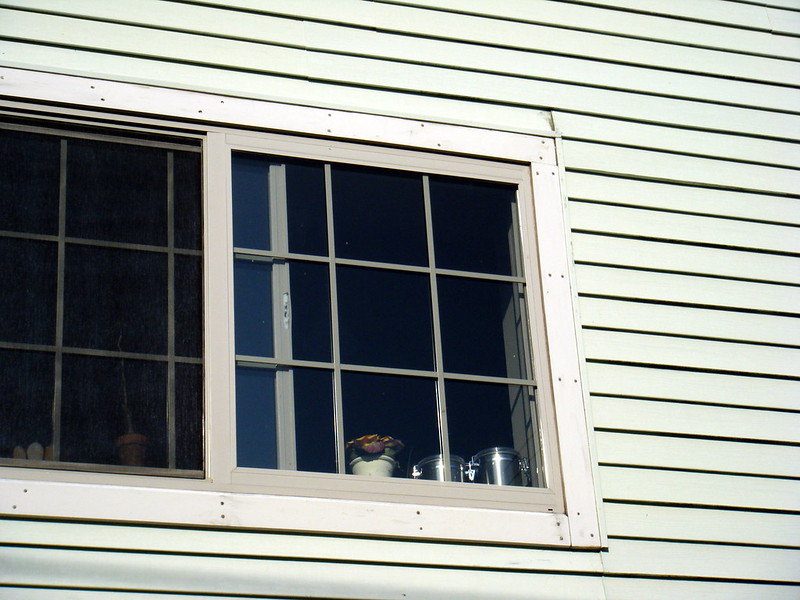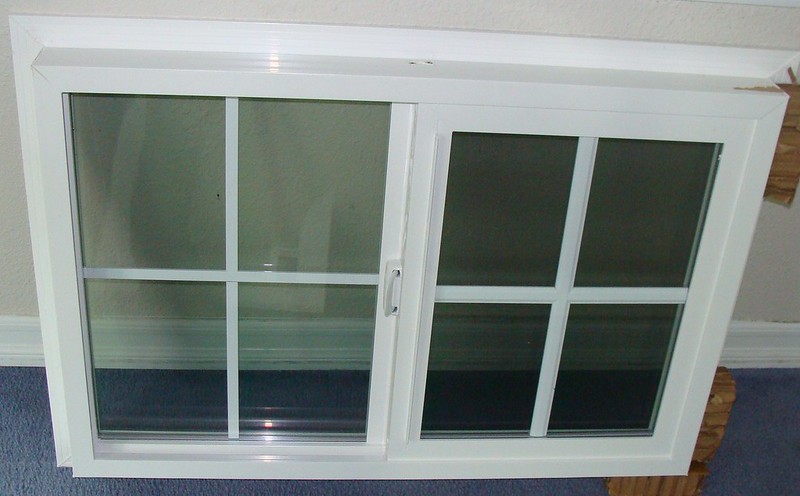When windows first came into common use, they were mostly of the outward-opening casement variety. Barring a spell of popularity for the sash window in the 19th century, they’ve remained the number one choice for most homeowners ever since.
Some settings, however, demand something a little bit different – a sliding window, for example. Rather than opening outward on hinges, side sliding windows (you’ve guessed it) slide back-and-forth atop one another.
How Do Side Sliding Windows Work?
Let’s start by explaining how sliding windows open and close.
Each window is comprised of sliding panels (or sashes) that are able to freely move in either direction (or up and down). The panels are positioned atop durable rollers (often made from brass), and can be lifted from the frame entirely for maintenance purposes. While traditional vertical sash windows incorporate hollow channels on either side (which house a system of counterweights), horizontally-opening sash windows have no need for this extra machinery. As such, they tend to be more durable, and offer a greater area of glass.
Why Choose Horizontal Sliding Windows?
So, why choose sliding windows? Well, there are several key benefits to choosing horizontal sliding windows. Let’s take a look at some of them.
Simple Design
Perhaps the biggest advantage of a sliding glass window is its simple construction. There are no springs, pulleys or hinges to worry about. With less moving parts, there are fewer things to go wrong – and that means that sliding window mechanisms demand less time and money be spent on maintenance and repairs over the years.
Note that this isn’t the case with vertically-sliding sash windows, which are hung in position using a system of weighted pulleys.
Easy to Use
A side sliding window doesn’t require much strength to open. Each sash is lightweight, and can be easily moved from one position to another. They also don’t require that you reach too far outside the window – which, if you’ve ever had to lean across a kitchen counter and struggle to close a casement window, you might appreciate.
Expansive
Sliding windows tend to make a good match for extra-wide openings, as it’s easier to manufacture larger panels. As such, if you’ve got a wide open view you want to accentuate, a sliding window might make a great match for your living space. Having plenty of glass will also allow more natural light to enter the room, making it appear more spacious.
Visual Interest
Finally, we should mention that sliding windows tend to lend a room that little extra wow-factor. Pick the right one, and it’ll be among the first things that your guests notice when entering the room. If there’s a great view behind it, then so much the better. Now, this is an advantage that will depend largely on your personal preference, but if you like the look of a horizontal sliding window, the chances are it’ll work well in your home.
Sliding Windows vs Casement Windows
If we’re considering installing horizontal sliding windows, then it’s only fair to compare them to their biggest rival: the casement window. These are the outward-opening, hinged windows that we’ve already mentioned.
Casement windows are a popular choice for a reason: they’re simple to operate, great to look at, and inexpensive. You take the handle, push the button, and crank it open. You’ll often find that casement windows are recommended for smaller openings, but the truth is that many British homes incorporate casement windows as part of a larger window.
You might have a portrait-shaped casement panel on either side, with a single narrow casement panel running horizontally across the top. There are plenty of arrangements available to suit every taste and interior – while both horizontal and vertical sliding sash windows offer less possible configurations.
Casement panels offer several features that side sliding panels lack. We’ll run through these as we look at the downsides to sliding windows.
Disadvantages of Sliding Windows
A sliding window, in almost every case, cannot be opened completely. That is because the glass panels move atop one another, so there’s always some area of glass present in the window. Casement windows, on the other hand, can be opened fully for maximum airflow. Theoretically, you might get around this by hollowing out an area of wall adjacent to the window – but this isn’t something that most homeowners are prepared to consider, as it would be very expensive.
Another notable drawback of a horizontal sliding window is energy efficiency.
Casement windows are lined with compressible seals. When the window is closed, these are squashed to form a tight seal against the window-frame, through which cold air cannot pass.
This is impossible on a sliding window, as you can’t squash something while sliding freely against it. As such, sliding windows must make use of flexible brush-style seals instead. These aren’t as energy efficient, and you may feel a draft during winter. You should therefore factor heat-loss into your budget when you’re looking for installation quotes.
Cleaning the exterior of a sliding window presents a problem as well – as some of them are difficult to remove. This isn’t universally so, however, and you might well encounter the same problem with upper-storey casement windows; the back of which can be just as tricky to reach from the inside.
So, Should You Choose Sliding Windows?
Horizontal sliding windows are a refreshing alternative to the much more common casement window. They offer many advantages, several of which will appeal to certain sorts of homeowner. That said, there’s a reason that casement windows are so popular. If you’re worried about heat-retention in the home, then a casement window may well be the more economical choice – but for ease of use, simplicity, and simple good looks, it’s difficult to beat a sliding design. As we’ve mentioned, sliding windows make a fantastic match for wider windows, so think about the existing dimensions of your opening before making a decision.




